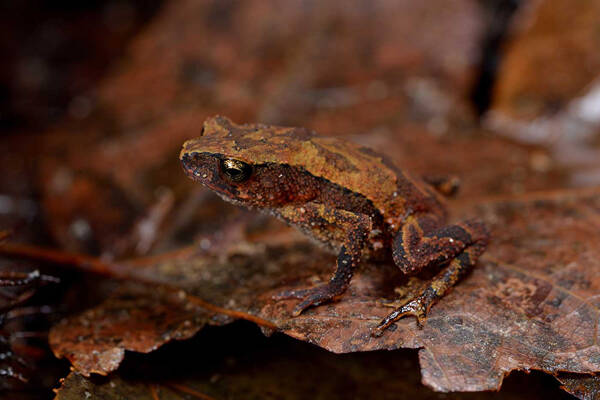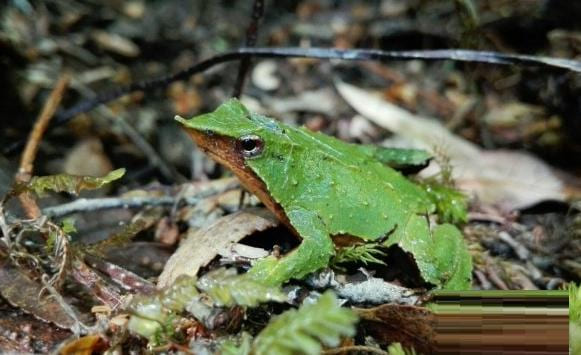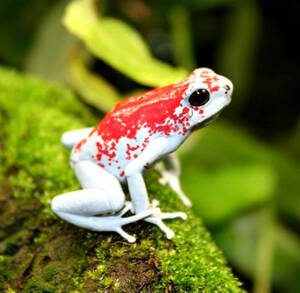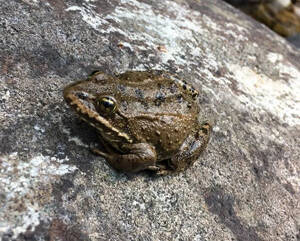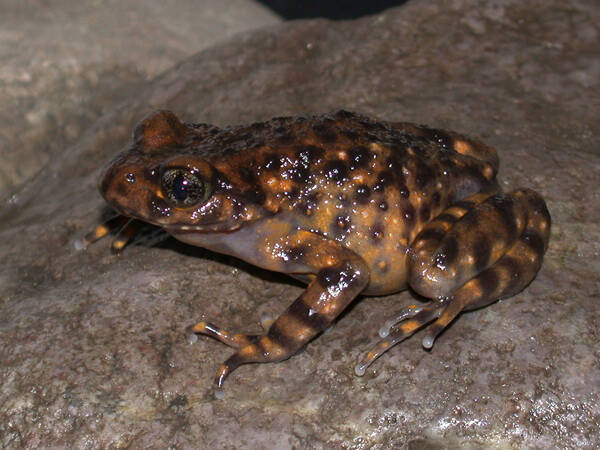Parapelophryne scalptus
IUCN
LCBasic Information
Scientific classification
- name:Parapelophryne scalptus
- Scientific Name:Nectophryne scalptus, Pelophryne scalpta, Pelophryne scalptus
- Outline:Anura
- Family:Anura T.family Microbufo
Vital signs
- length:19-27mm
- Weight:
- lifetime:
Feature
Small body; the first and second fingers are short, there is a dark brown triangular spot between the eyes, and the anus is covered by a small triangular skin fold.
Distribution and Habitat
Endemic to China, distributed in Hainan (Qiongzhong, Xinmin Township, Wuzhishan, Diaoluo Mountain, Lingshui, Limu Mountain, Jianfeng Mountain, Yingge Mountain).
Lives among fallen leaves or on rocks near small mountain streams in forest areas at an altitude of 350-1400m, in a humid environment.
Appearance
The tympanic membrane is prominent; the pupil is transversely oval; there is no postauricular gland; there are no teeth in the maxilla and no vomerine teeth. The dorsal, ventral and side surfaces of the body are covered with small granules, which are reddish brown and are arranged in rows along the dorsal side from behind the eyes to the crotch, and there are triangular spots between the eyes; there are white spines on the back of the limbs; the granules are densely packed like scaly from the throat to the chest; the anal hole The upper part is covered by a triangular skinfold.
Details
This toad lives in forest areas at an altitude of 350-1400m, mostly living among fallen leaves or on rocks near small mountain streams. The flow of water in the mountain stream is very small, and there are tall trees on both sides of it, and the environment is quite humid.
The scaly-skinned swimming toad mostly crawls among the wet fallen leaves or on rocks near the higher gullies; it is not agile and easy to catch; the sound it makes is slightly trembling. The eggs in the abdomen of the female toad seen during the breeding period have entered the oviduct. When the female toad is dissected, there are 28-50 eggs in the abdomen, but no egg groups and tadpoles are seen in the wild.
From the end of April to mid-June, adult toads often make slightly trembling calls.
This wild animal is a national second-level key protected wild animal.
